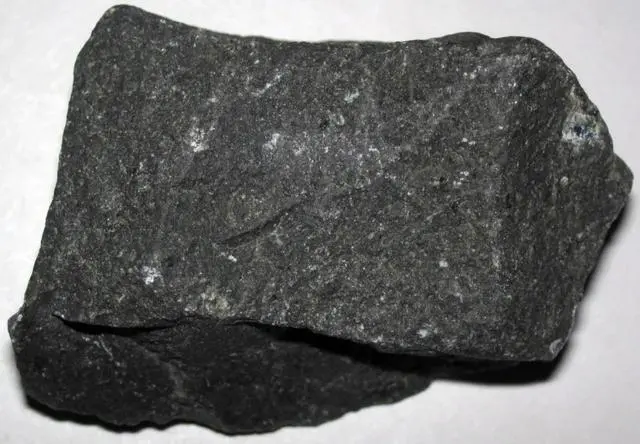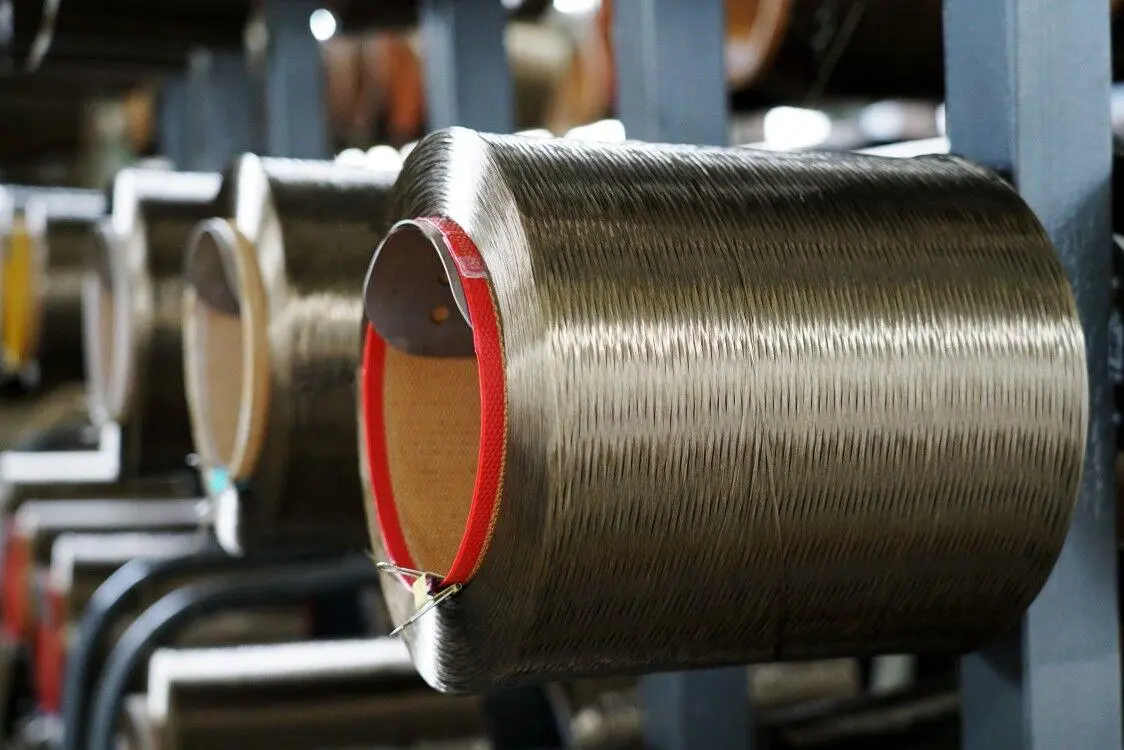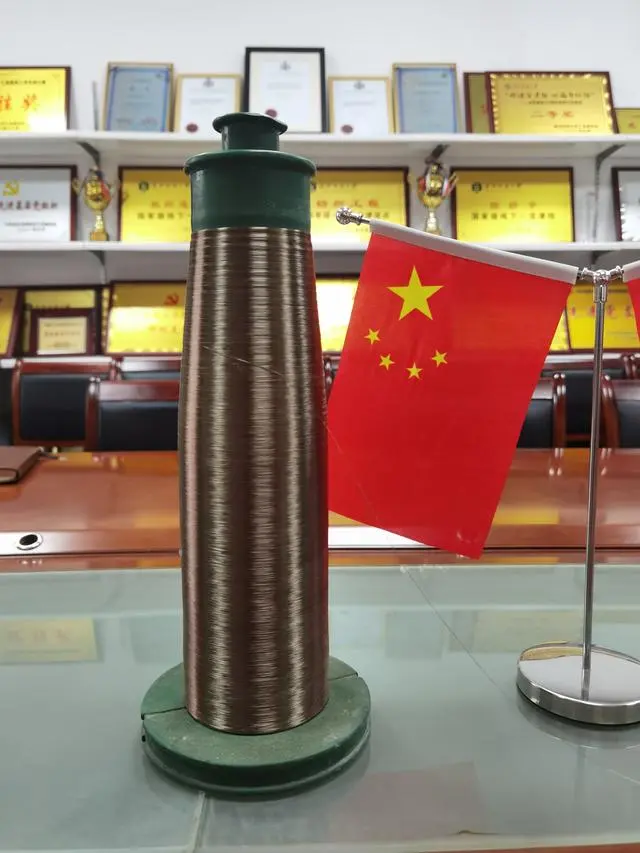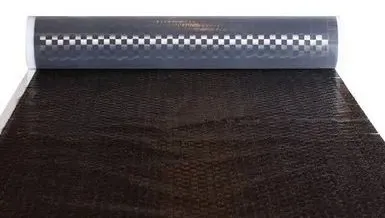Recently, after the completion of the lunar surface sampling, a “stone version” of the Five-Star Red Flag made of basalt fiber carried by the Chang’e-6 lander was successfully unfolded on the far side of the moon. The national flag in Chang’e’s hand displayed a bright Chinese red under the sunlight. This is the first time China has independently and dynamically displayed its national flag on the far side of the moon, and it is also the second time that a Chinese probe has put a “Chinese mark” on the moon since the successful display of the “fabric version” of the Five-Star Red Flag by Chang’e-5 on December 3, 2020.
The lunar surface national flag display system of Chang’e-6 was jointly developed by China Aerospace Sanjiang Group, Wuhan Textile University, and other units. To meet the extreme environmental requirements such as high and low temperature alternation, high vacuum, and strong ultraviolet radiation for this mission, the national flag team led by Academician Xu Weilin from the State Key Laboratory of New Textile Materials and Advanced Processing Technology at Wuhan Textile University selected basalt material and collaborated with Hubei Huierjie Basalt Fiber Co., Ltd. and Anhui Huamao Group. Over a period of nearly four years, they overcame many international difficulties in the spinning, yarn spinning, weaving, and color construction of basalt ultra-fine fibers, and successfully developed a high-quality fabric national flag without temperature control protection and independent dynamic display for the first time. During the development period, Academician Yang Mengfei, the chief commander and chief designer of the lunar exploration project’s third phase probe system, and leaders and experts from the National Space Science Center of the Chinese Academy of Sciences, China Aerospace Sanjiang Group, and other units provided multiple visits and guidance. Academician Hu Hao, the chief designer of the third phase of the lunar exploration project, and Academician Liu Jiaqi, a volcanic geology and Quaternary geology expert, also provided strong support and guidance.
Selection of Basalt as the Core Material

Compared to Chang’e-5, which took 7 days to reach the lunar surface after launch, Chang’e-6 took 30 days to land after departure on May 3, significantly increasing the time. During the process of approaching, orbiting, and landing on the moon, the high and low temperatures alternate repeatedly, requiring higher environmental tolerance for the national flag.
After receiving the task of displaying the national flag on the lunar surface of Chang’e-6, Xu Weilin led the members of the lunar surface national flag team, including Professor Cao Genyang, Professor Wang Yunli, and Dr. Sheng Dan, to adopt the principle of “in-situ utilization” and decided to use basalt, which has similar chemical composition to lunar soil, as the core material for the Chang’e-6 national flag. “Basalt fiber has excellent heat insulation and radiation resistance properties, able to withstand the harsh environment on the lunar surface. However, basalt fiber is an inorganic fiber with a smooth surface, brittleness, fragility, and high modulus, making it difficult to spin ultra-fine filaments, yarn spinning, weaving, and constructing high-strength colors. These are all challenges that the team had to overcome. It can be said that this is a highly technologically advanced ‘stone version’ of a fabric national flag,” said Xu Weilin.
The Chang’e-6 lunar surface national flag is the same size as the one on Chang’e-5, measuring 300mm x 200mm, roughly the size of an A4 sheet of paper. However, the density of basalt fiber is nearly twice that of the material used for the Chang’e-5 national flag. Logically speaking, the “stone version” national flag would be heavier. However, the team developed ultra-fine basalt fibers with a diameter of about one-third of a hair strand, resulting in a final weight of only 11.3 grams for the Chang’e-6 national flag, which is 0.5 grams lighter than the Chang’e-5 national flag.
Innovative Design of the “Double Protective Shield” Structure
The weight and quality requirements for the lunar flag displayed by Chang’e-6 are very strict. It needs to be thin and soft, as well as strong and tough. However, basalt fibers are inorganic fibers with high brittleness, poor wear resistance, and smooth surface. Therefore, it is difficult to prepare ultra-fine basalt fibers, spin high-quality yarns, and construct high-strength colors.
In response to these three major technical difficulties, the lunar flag development team jointly with Hubei Huierjie Basalt Fiber Co., Ltd. innovatively designed the internal cavity structure of the spinneret and optimized it in a trapezoidal shape. By cooperating with the precise temperature control in the furnace, they successfully achieved stable mass production of ultra-fine basalt fibers. Based on theoretical design, the team combined the innovative practical advantages of Huamao Group in the spinning field, using flexible water-soluble filaments and aramid short fibers for layered protection. They ingeniously designed a “double protective cover” structure that effectively protected the basalt filaments while solving the industry problem of “small pigtails” caused by the high modulus of basalt fibers. The smooth basalt filaments pose a new challenge for the production of lunar flags. The team utilized the aramid short fiber fuzz on the fabric surface to form a “rivet-like” anchoring effect with the binder in the paint, effectively improving the interfacial bonding strength of the paint and the fullness of the flag pattern, ensuring the lunar display effect of the flag. Through the above technological breakthroughs, they successfully developed the “stone version” high-quality fabric flag for the first time that can withstand extreme environmental conditions such as high vacuum, high and low temperature cycling, and strong ultraviolet radiation.
The application prospects of basalt fibers are promising

While developing the “stone version” flag for Chang’e-6, the lunar flag team has already begun research on the application of basalt fibers in areas requiring heat resistance and flame retardancy, such as flame-retardant protective clothing and high flame-retardant bags, which require high flame-retardant and thermal insulation performance. This fully utilizes the ability of ultra-fine basalt fibers to adapt to special environments such as high temperatures.
Xu Weilin said that in the future, as a lightweight and flexible protective material, basalt fibers will have increasingly widespread applications in aerospace, such as spacesuits, space capsules, lunar bases, and other scenarios.









